You also want an ePaper? Increase the reach of your titles
YUMPU automatically turns print PDFs into web optimized ePapers that Google loves.
Page Table and Process state° Each program, on compilation, is given its ownpage table° Page Table itself resides in <strong>the</strong> main memory° Address <strong>of</strong> <strong>the</strong> start <strong>of</strong> <strong>the</strong> page table is in <strong>the</strong> pagetable register° Page table Register, toge<strong>the</strong>r with o<strong>the</strong>r registers,specifies <strong>the</strong> state <strong>of</strong> that program – referred to as<strong>the</strong> process state• If a program needs to relinquish CPU for ano<strong>the</strong>r program (preemption),<strong>the</strong> process state needs to be stored first by <strong>the</strong>Operating System• Restoring <strong>the</strong> program execution involves Operating System reloading<strong>the</strong> state° Program Counter (PC):• One <strong>of</strong> <strong>the</strong> o<strong>the</strong>r registers• holds <strong>the</strong> address <strong>of</strong> next instruction to be executed.PDE1C_33Page Table – Continued° Indexed by virtual page number• That is, <strong>the</strong> page table has an entry for each virtual page.• How many page table entries <strong>the</strong> virtual memory <strong>of</strong> figurein #1C_32 will require?° So, no index is needed as in fully associative (FA) cache° But … <strong>the</strong>re is a subtle difference with FA cache• For a given memory address, we extract <strong>the</strong> tag andsearch <strong>the</strong> entire cache (see #1C_22, 23)• The outcome is ei<strong>the</strong>r an entry for <strong>the</strong> reference addressis found (hit) or not found° With Page table, an entry for a virtual page is always found(see above) – this does not mean it is a hit° Hit or miss (page fault) is decided by <strong>the</strong> V-bit in <strong>the</strong> entry° V bit = 1 means that <strong>the</strong> entry has <strong>the</strong> physical address where<strong>the</strong> desired virtual page resides (hit)° V bit = 0 means <strong>the</strong> entry points to <strong>the</strong> disk address where <strong>the</strong>desired page can be fetched from (page fault)PDE1C_34


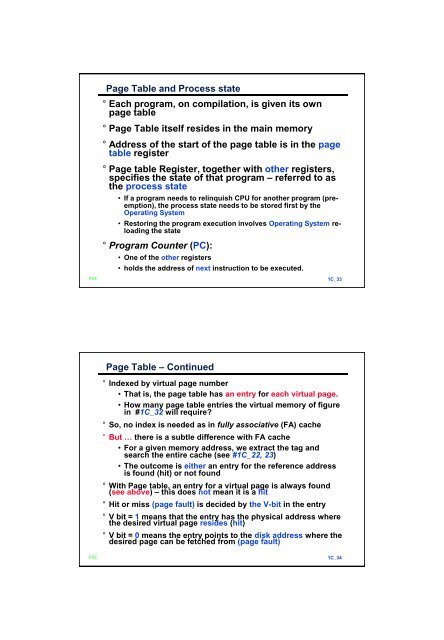
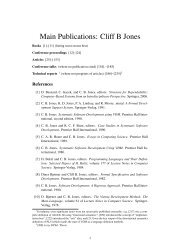

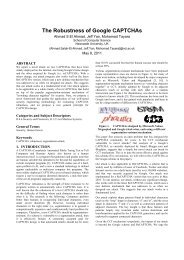
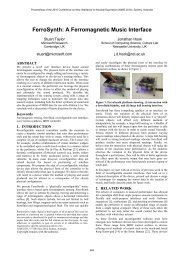

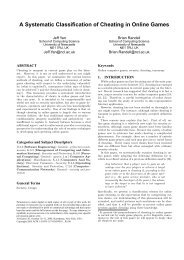
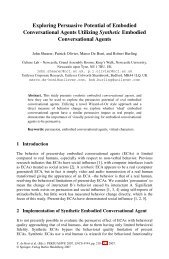
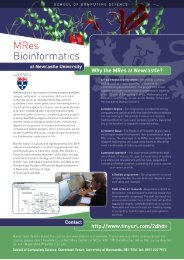
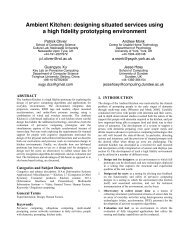


![Manuel Mazzara Full CV (November 2011) [PDF] - Computing ...](https://img.yumpu.com/33775457/1/184x260/manuel-mazzara-full-cv-november-2011-pdf-computing-.jpg?quality=85)
